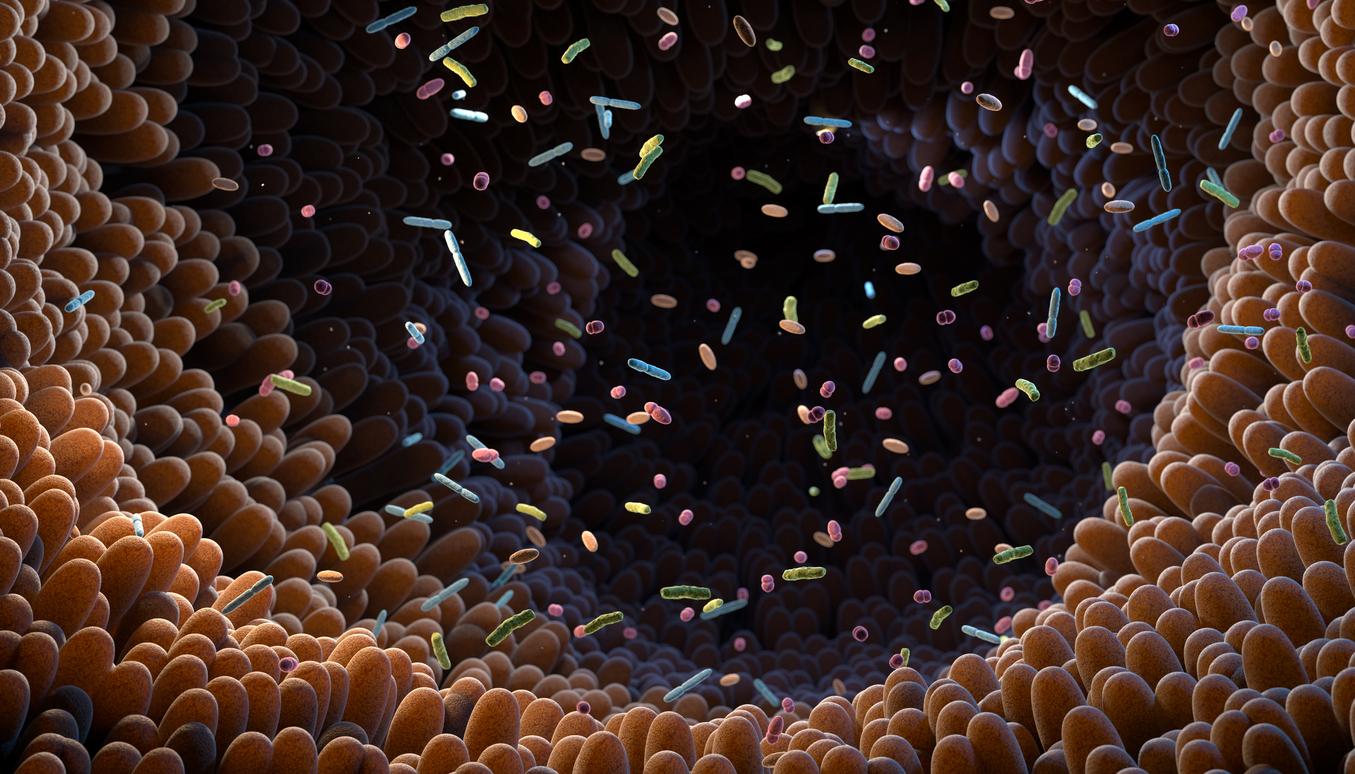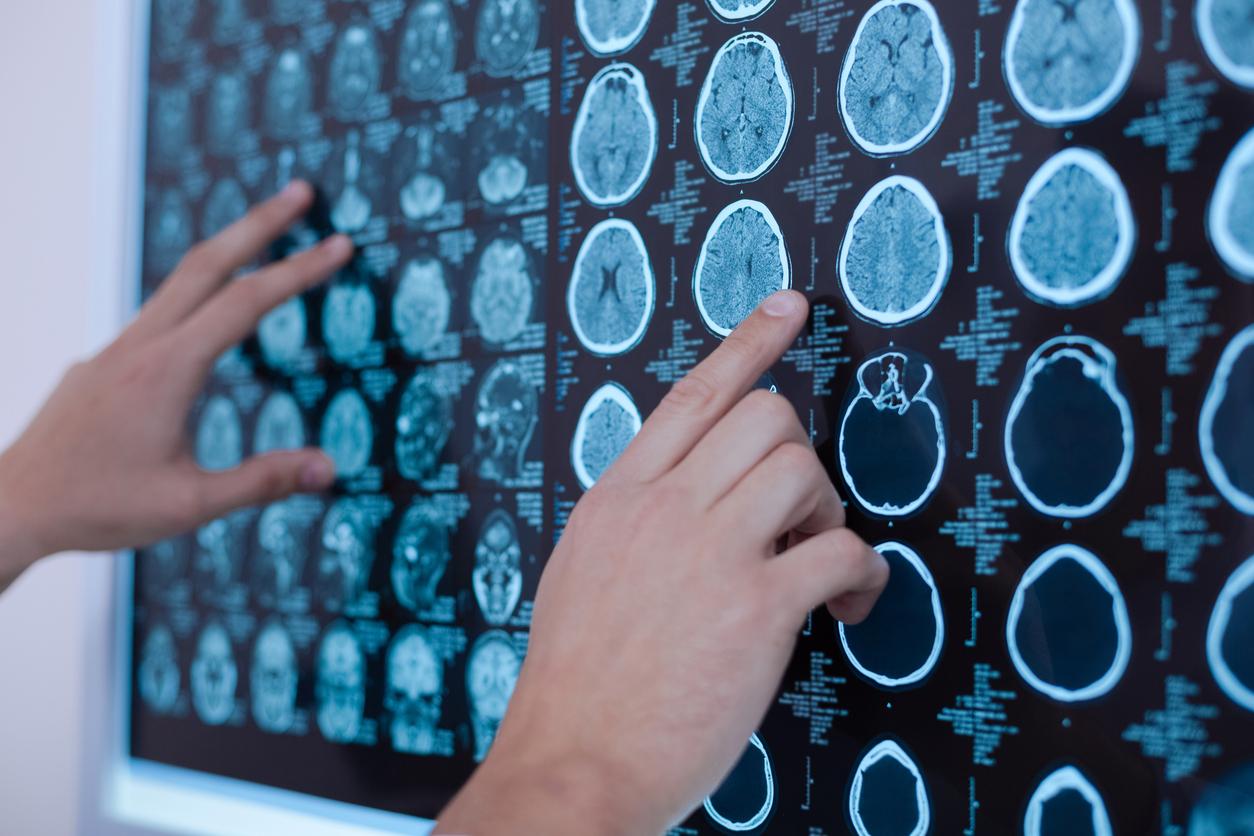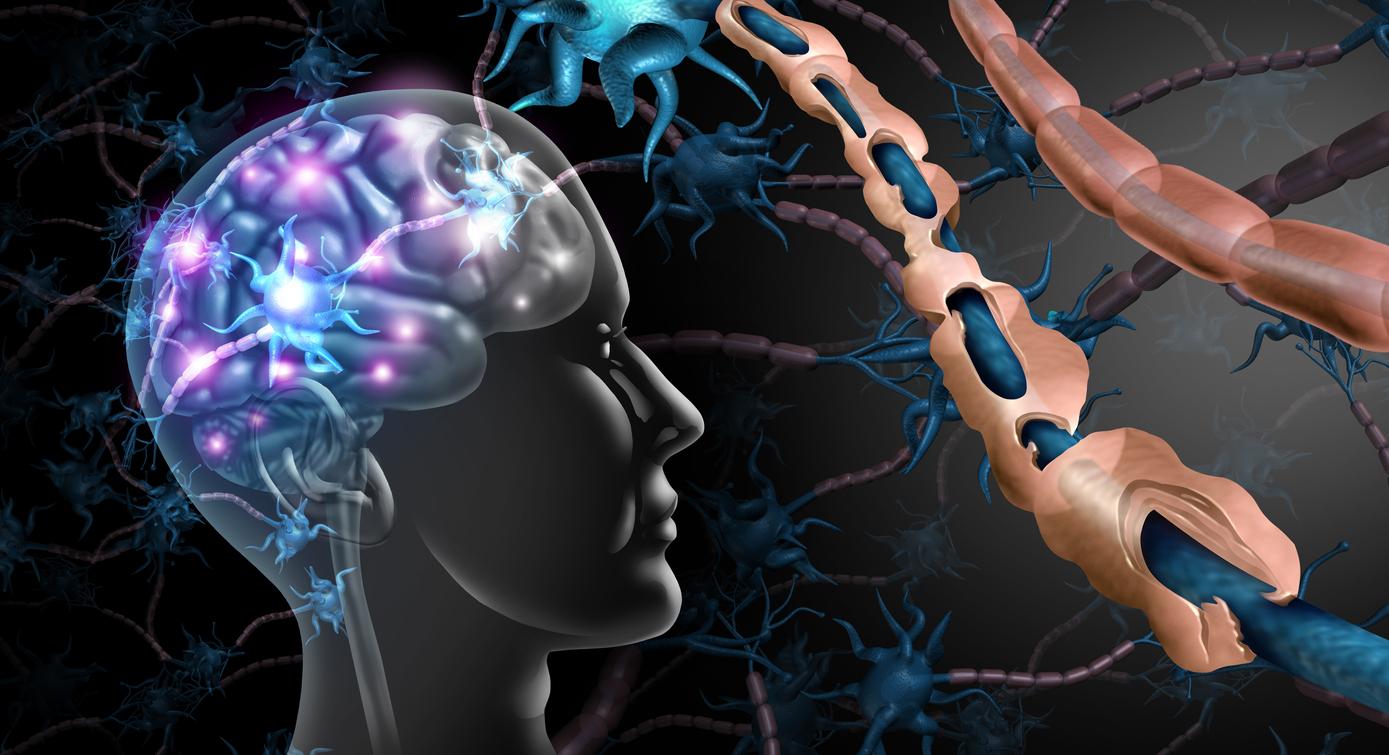Using an antihistamine, researchers have found a potential new therapeutic strategy to slow Huntington’s disease at an early stage.

- Huntington’s disease is a hereditary and incurable neurodegenerative disorder.
- Dopamine signaling disappears in Huntington’s disease.
- The researchers therefore had the idea of targeting it via the histamine HR3 receptor.
Huntington’s disease is an inherited neurodegenerative disorder. Incurable, it causes an alteration of physical and intellectual capacities. The most visible and frequent symptom is that of chorea: sudden and involuntary movements. The other motor symptoms correspond to abnormal postures, muscle rigidity or slow voluntary movements. Patients then take time to chew or swallow and have balance disorders. Over time, their motor functions gradually deteriorate until they become unable to perform certain movements, feed themselves or even communicate. As for cognitive functions, they gradually decline until dementia. However, a new study brings hope for patients. Thanks to an antihistamine, researchers have found a potential new therapeutic strategy to slow the pathology at an early stage. The results of their work were published in the journal eLife.
“It was already well known that dopamine signaling disappears in Huntington’s disease, but we and other research teams have more recently shown that dopamine receptors and histamine receptors coexist and control the signaling in the brain”, says lead author David Moreno-Delgado, biology team leader at NovAliX, Belgium. Targeting the histamine H3 receptor (H3R) is an already well-known drug target for treating hay fever, for example.
“Because dopamine receptors are found in many normal cells of the central nervous system, we proposed that targeting dopamine signaling through the histamine receptor HR3 may be a more effective strategy to slow the progression of Huntington’s disease”he continues.
Protein partners disappear at an advanced stage of the disease
He and his colleagues therefore examined whether these protein partners were present in mice with Huntington’s disease. At two and four months, healthy and diseased rodents clearly present the D1 dopamine receptor (D1R)-H3R complex. By contrast, at six and eight months, the sick and now symptomatic mice had completely lost it.
To confirm the role of the D1R-H3R complex, the researchers tested the effects of an antihistamine drug called thioperiamide on the movement, learning and memory of diseased mice. Results: mice treated with thioperiamide fell as much as healthy mice of the same age. On the other hand, those who had been treated with a placebo (saline solution) were unable to maintain their balance. These also failed in memory tests, while the others did not.
Looking at the issue of D1R-H3R complexes, the researchers found that only the treated mice still had them at six and eight months. Then, when they attempted to treat Huntington’s disease mice at seven months of age (when these protein partners are no longer together), thioperiamide had no effect on movement, learning, or deficits in memory. Thus, the protective effects of thioperiamide occur through the D1R-H3R complexes and these must be present for the treatment to work.
Finally, the scientists examined human brain tissue samples for the presence of D1R-H3R complexes. They then found that these were present in healthy individuals as well as in people with Huntington’s disease at an early stage. In contrast, in patients with more advanced disease, the complexes were virtually absent.
“Opportunities for drug conversion”
Thereby, “targeting these complexes could potentially slow disease progression at an early stage”comments lead study author Peter McCormick, a senior lecturer at Queen Mary University of London, UK.
“Additionally, our data help explain previous studies that have attempted to target H3R by showing the dependence on D1R/H3R complexes for these drugs to work. This is important because there are many H3R compounds, either in the clinic or in phase two and three trials, that could be opportunities for drug repurposing.”he welcomes.
According to Inserm, approximately 18,000 people are affected by Huntington’s disease in France. The first symptoms usually appear between the ages of 30 and 50. Before motor signs, patients generally present with psychiatric and behavioral disorders. Psychotic states with delusions, hallucinations or obsessions are sometimes observed. More rarely, the patient may begin to lose weight or develop sleep disorders.
Huntington’s diagnosis is based on clinical observations. A genetic test confirms this. Preclinical genetic diagnosis can also be done in people who belong to an affected family but do not have symptoms. However, faced with the absence of preventive treatment, few people go through with this process.
.










-1721998247.jpg)




